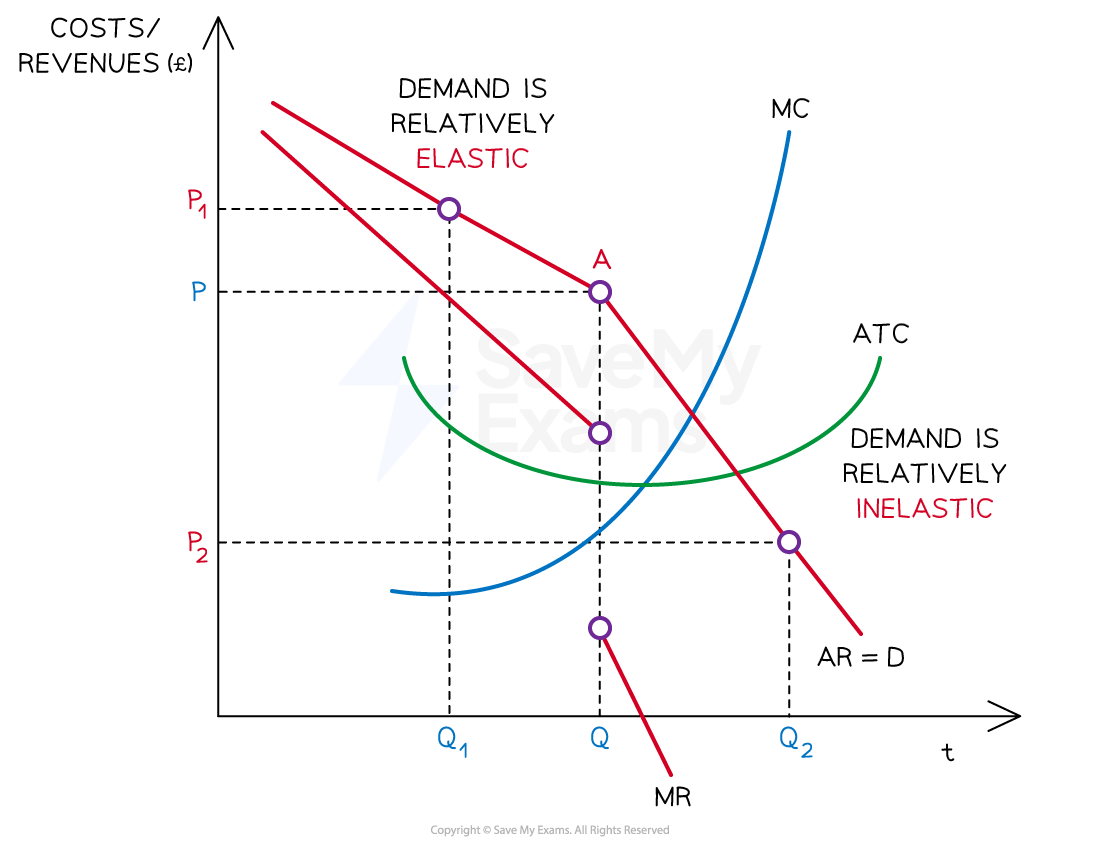Oligopoly: Price & Non-Price Competition (AQA A Level Economics): Revision Note
Exam code: 7136
Competition in Oligopoly Markets
Firms in an oligopolistic market are highly competitive and can use price or non-price strategies to increase market share
There is a high degree of interdependence between competitors in an oligopoly market
Competitors closely watch each others actions
They are very responsive to new innovations
They use game theory to determine the best course of action
Non-price competition tends to be the most common way in which they compete
The focus of competition is on product differentiation to develop brand loyalty
E.g. Firms achieve this high levels of spending on advertising, branding, packaging, loyalty cards, etc
Price competition is less common, as firms want to avoid a price war
As goods and services are very close substitutes in an oligopolistic market, a price change initiated by one firm will cause other firms to react to price change
Individual firms will take into account the likely reactions of their competitors
This mutual interdependence leads to price stability or rigidity within the market
The kinked demand curve demonstrates the concept of price rigidity
The Kinked Demand Curve Model
The kinked demand curve provides one explanation of why prices are stable in oligopolistic competition
Rival firms react to price changes initiated by a competitor
Diagram: Kinked Demand Curve

Diagram analysis
A firm produces a quantity of Q and sells at price P
Elastic section (above point A)
If a firm increases its price from P to P1, it is unlikely that rival firms will follow the price increase
The firm will lose consumers to rival firms if they charge a higher price
This means that a small increase in price leads to a greater than proportionate decrease in quantity demanded, resulting in an overall fall in market share and total revenue
This section of the demand curve is elastic
Inelastic section (below point A)
If a firm decreases its price from P to P2, it is likely that rival firms will respond by also decreasing price
All firms in the market will offer the new lower price
Market share remains the same. However, total revenue and profit decline for all
This means that a decrease in price leads to a less than proportionate increase in quantity demanded, resulting in an overall fall in total revenue
This section of the demand curve is inelastic
The change in elasticities, brings about a kink in the demand curve at a price level of P
This creates price rigidity, as firms tend not to change price due to the anticipated behaviour of competitors (mutual interdependence)
To avoid a price war, firms focus on non-price competition strategies to increase sales
This is why there is a high level of expenditure on research and advertising in oligopolistic industries
Reasons for Non-Price Competition
Firms in oligopolistic markets commonly engage in non-price competition
In other market structures, price competition is usually competitive
Several reasons push firms towards a focus of non-price competition
Reasons why Oligopolistic Firms Engage in Non-price Competition
|
|
|---|---|
Operation of cartels |
|
Price leadership |
|
Price agreements |
|
Price wars |
|
Barriers to entry |
|
The Advantages & Disadvantages of Oligopoly
Evaluating an Oligopoly Market Structure
Advantages | Disadvantages |
|---|---|
|
|

Unlock more, it's free!
Did this page help you?